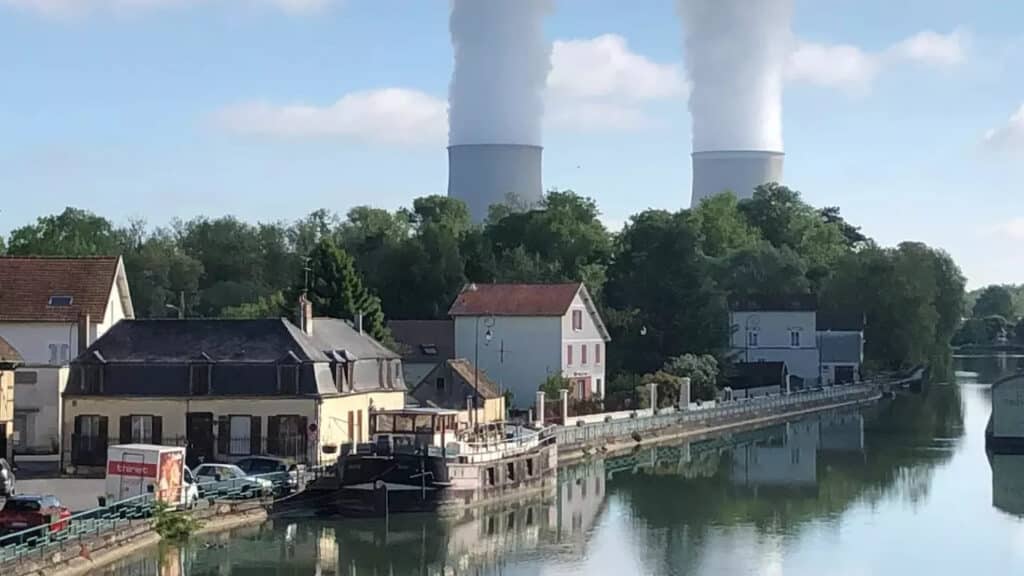Extreme summer heat forces France and Switzerland to suspend nuclear power plants

Several nuclear power plants in Switzerland and France have been forced to reduce output or shut down completely due to the extreme heat that has engulfed Europe in recent days, Euronews reports.
The shutdowns occurred as the ongoing heatwave in Europe made it impossible to use water from nearby rivers for reactor cooling, as it was already too warm.
Axpo, which operates the Beznau nuclear power plant in Switzerland, said it had shut down one of its reactors — located directly on the Aare River — on Tuesday due to the heat. The other reactor is currently operating at reduced capacity.
«Due to the high river water temperatures, Axpo has been increasingly reducing the output of the two reactor units at the Beznau nuclear power plant for days, and reduced it to 50% on Sunday,» the operator said.
According to the company, the reduction in output was necessary because the river temperature had reached 25 °C, posing risks to the local ecosystem if it rose further.
Meanwhile, French energy giant EDF suspended operations at the Golfech nuclear power plant in Tarn-et-Garonne earlier this week over concerns that the local river could exceed the 28 °C threshold even without the discharge of heated water from the plant.
Output has also been reduced at the Blaye (Gironde) and Bugey (Rhône) NPPs, which may also face full shutdowns. Despite the cuts, the French power grid remains stable and continues to export electricity, according to grid operator RTE.
Experts warn, however, that as heatwaves become more frequent, peak loads and pressure on reactor cooling systems will increase.
Kazakhstan, which is striving to join the group of countries benefiting from nuclear energy, has chosen the village of Ulken, in the Zhambyl district of the Almaty region, as the site for its first nuclear power plant. The facility will have a total capacity of 2.4 gigawatts, consisting of two 1.2-gigawatt reactors.
Located on the shores of Lake Balkhash, the site was selected due to the availability of a large water source needed to cool nuclear reactors. Despite its size (the lake covers about 16,400 square kilometers), it is relatively shallow, with surface water temperatures ranging from 0 °C in December to 28 °C in July.
Moreover, Lake Balkhash has been facing a decline in water inflow from the Ili River, which originates in China. To address this issue and stabilize water levels in Kapchagay Reservoir — another body of water along the Ili — Kazakhstan entered into negotiations with China. As a result, Kapchagay has been fully replenished for the second year in a row, following a period of rapid decline.
Given France’s extensive experience in operating nuclear power plants, Kazakhstan aims to benefit from this expertise by opening a branch of Grenoble INP – Phelma, UGA, one of France’s top engineering schools, in Almaty. The new branch is expected to launch next year and will offer a double degree program in a 3+1 format. Students will study nuclear engineering, renewable energy, and advanced technical sciences, with internship opportunities at French nuclear power plants.


